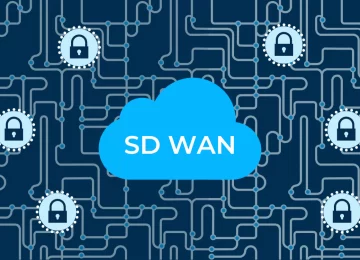Introduction
Virtual career fairs, the digital alternative to traditional career fairs, have emerged as the leading recruitment strategy for numerous organizations across the enterprise in the pandemic situation. Technology has enabled job seekers and employers to meet in a virtual space to discuss career opportunities in a rich and dynamic experience. However, organizing a virtual career fair can be tricky. There are critical tasks like setting the appropriate goals, selecting the perfect career fair platform, and many more. It is essential to have an in-depth and holistic understanding of the entire process to pull it off successfully.
How does a virtual career fair work?
A virtual career fair occurs when the candidates and recruiters interact in a virtual space with the help of technologies like videoconferencing, chat rooms, webcasts, and emails to discuss employment opportunities. In addition, a career fair platform often provides the software to conduct the career fair along with marketing services and screening of job seekers beforehand. Thus, employers can efficiently recruit a qualified candidate with the appropriate skill set.
The attendees of the virtual career fair provide their resumes and contact information before entering the lobby, where they are provided with the option of engaging in bilateral conversations with the recruiter or joining a group chat session. In addition, employers can utilize interactive panels and perpetuate discussions about the relevant job openings.
Steps to organizing a successful virtual career fair
There are specific critical steps of setting up a virtual career fair that must be followed to achieve success. These are as follows:
Defining the right goals:
An online career fair can yield the desired results only when there is proper planning. Planning starts with defining the objectives to be achieved. This gives you parameters to measure the success of the event. The goals should depend upon the kind of job vacancies that are to be filled. Determining the purposes of the career fair will guide the decision-making process throughout.
Selecting the perfect platform:
It is essential to choose the career fair platform that suits your event. For example, it is to be decided whether to opt for cost-effective chat platforms or elaborate career fair platforms with an immersive experience. It is also essential to consider the technical requirements of the event before selecting the right platform.
Developing the virtual booths:
Virtual booths provide employers the scope to get creative with the information they want to share with the job seekers. Therefore, it is essential to focus on customizing the virtual booths. You can share information and resources like a list of vacancies or downloadable company benefits.
Marketing the event:
The next big step is designing the perfect marketing campaign for the virtual career fair, promoting the event, and attracting the target audience to increase the event participation. You should integrate all your PR channels and social media platforms for a successful marketing campaign.
Analyze the performance:
One of the most significant upsides of virtual career fairs is that every action by every attendee, including the simple clicks, is recorded and can be traced, which allows a comprehensive Returns On Investment analysis.
Conclusion
Virtual career fairs have become indispensable as the only plausible alternative to traditional career fairs during this pandemic. In these challenging times, online career fairs fulfill the critical task of bridging the distance between employers and job seekers. We hope this article provides you with an understanding of how virtual career fairs work and a guide to organizing a successful virtual career fair.












